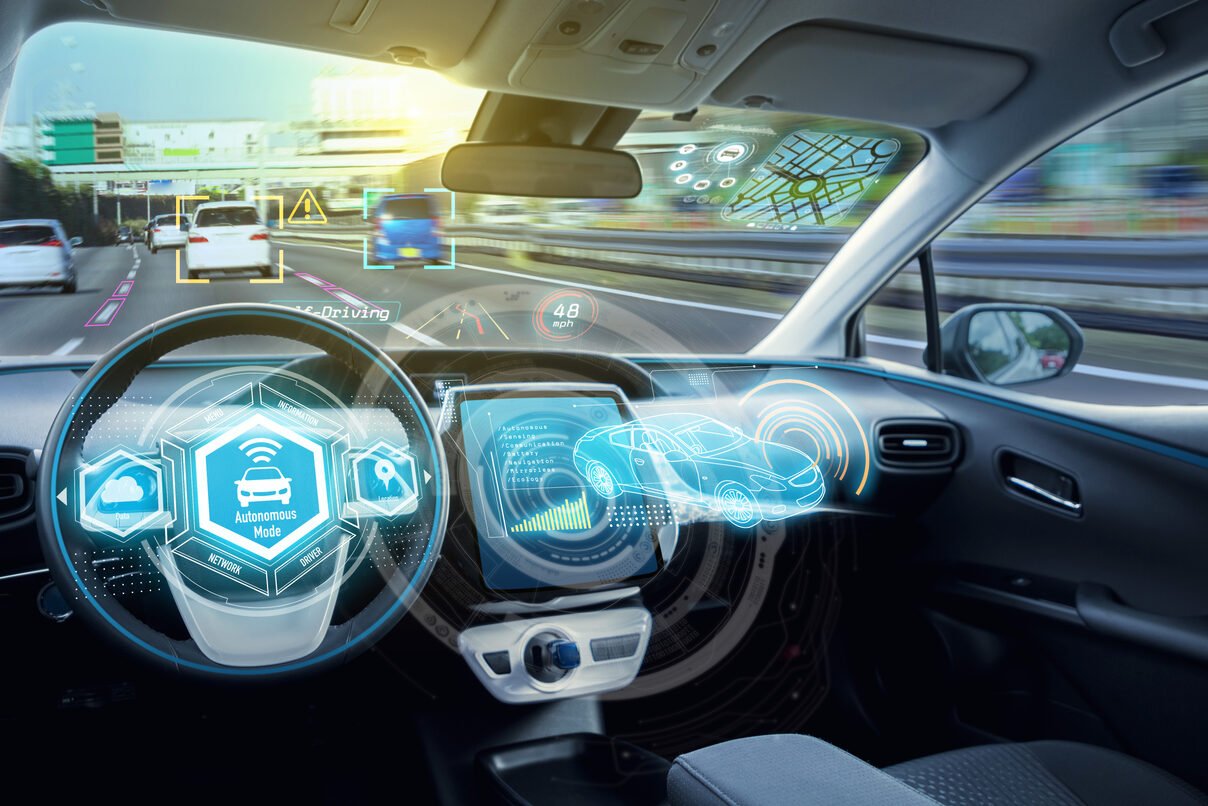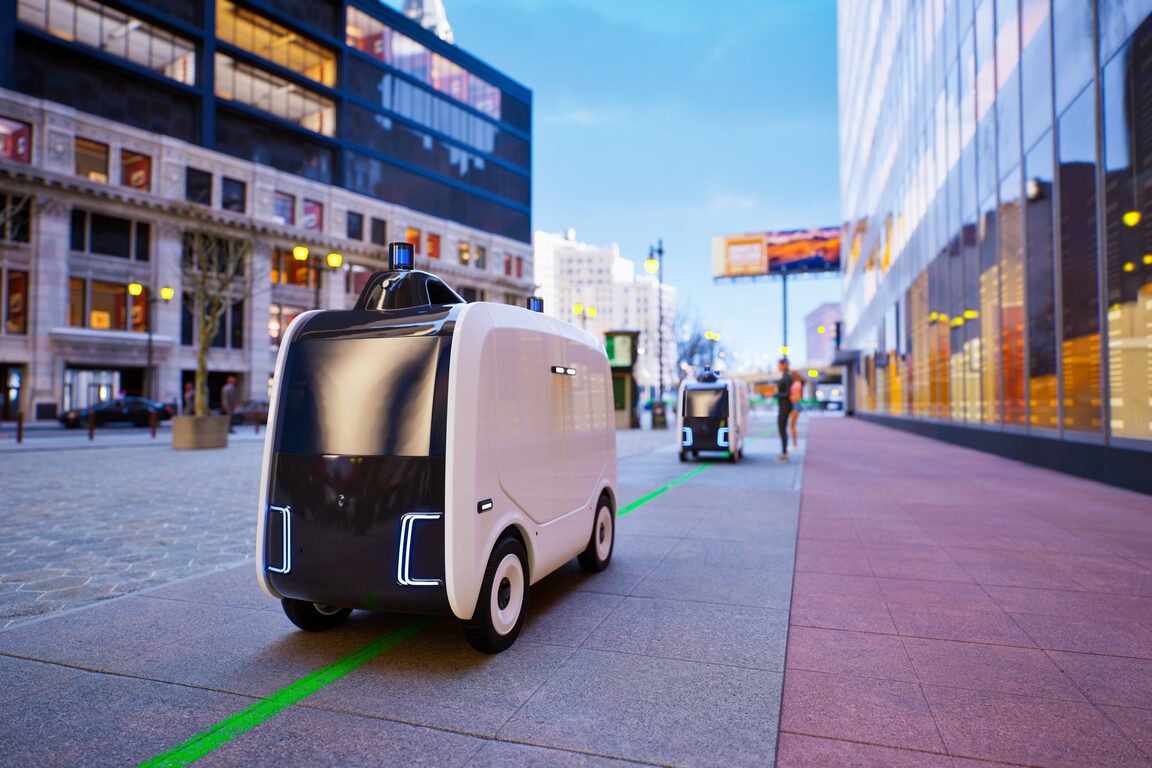The Hype Outpaced the Hardware

For years, self-driving cars were marketed as just around the corner. Bold predictions suggested we’d be reading books behind the wheel or catching up on sleep while our cars chauffeured us through traffic. But that reality hasn’t arrived — and now researchers are openly acknowledging what many in the industry quietly suspected: the technology simply isn’t ready yet.
The sensors, software, and artificial intelligence needed for true Level 5 autonomy — where the car drives itself in all conditions, without human help — are proving far more complicated than expected. There’s a big difference between a controlled demo on a sunny highway and navigating a chaotic urban street during a snowstorm. Despite billions in investment and countless test miles, the hardware still struggles with edge cases and unpredictable behavior. It turns out, building a robot that can handle the real world like a human is a lot harder than it looked in the glossy presentations.
Real-World Conditions Are Just Too Messy
On paper, autonomous vehicles seem like a math problem, cameras, radar, LiDAR, and code working together to follow rules and respond to obstacles. But in reality, the road is full of things algorithms still can’t fully grasp: construction zones with hand signals instead of signs, jaywalking pedestrians, unpredictable cyclists, or sudden weather changes that render sensors nearly useless.
Humans process this chaos through instinct, memory, and emotion. AI still works through rigid logic and vast amounts of training data. Even with deep learning and machine vision, computers can’t fully replicate the human ability to adapt to strange situations. That’s why many test programs are still supervised by humans or limited to geofenced areas. True driverless operation — where there’s no backup or restriction — remains rare. And researchers now admit it might stay that way longer than tech companies originally let on.
Safety Isn’t Just a Goal, It’s a Bottleneck
Autonomous vehicles were supposed to make roads safer. In theory, removing human error, the leading cause of car accidents, should dramatically reduce crashes. But ironically, reaching that safety standard has become one of the biggest roadblocks. Humans are flawed, yes, but they’re also adaptable. For a machine to be safer than a human, it has to not only match our instincts but exceed them in every condition, without fail.
That’s a tall order. Most AVs today operate well under optimal conditions but stumble under pressure. When the system fails, the fallback is still human intervention — which defeats the purpose of autonomy. Regulators, meanwhile, are wary of approving vehicles that haven’t proved they can handle every edge case with near perfection. Until these cars can demonstrate reliability across unpredictable real-world scenarios, researchers acknowledge that safety will remain the ultimate — and justified — speed bump on the path to autonomy.
High Costs Are Slowing Down Deployment
Building an autonomous vehicle isn’t cheap. The hardware — including high-end sensors, computing systems, and fail-safe backup mechanisms — is costly, and maintaining test fleets burns through capital fast. While some companies have focused on ride-hailing or delivery pilots to offset costs, scaling those solutions to the masses hasn’t happened as quickly as hoped.
Researchers are now more open about the financial reality: making AVs affordable for everyday consumers is still years away. Many models still require human operators, expensive insurance, and costly infrastructure updates to function safely. The dream of hopping into your own self-driving car for a daily commute at the push of a button? That’s not just a technological hurdle — it’s an economic one. And until those costs come down and performance scales up, most AVs will remain prototypes rather than products.
Regulation Is Catching Up, But Still Complicated
Self-driving cars don’t exist in a vacuum. They operate on public roads with pedestrians, cyclists, and unpredictable human drivers. That means they need rules not just software protocols, but legal frameworks. And creating those rules has proven to be more complex than anyone expected. Different cities and countries have different requirements, creating a legal patchwork that slows down progress.
Researchers now acknowledge that even if the technology were ready, regulation would still pose a huge challenge. Who’s liable in a crash? Can you sue a car without a driver? What happens when a vehicle makes a “legal” choice that still causes harm? These questions don’t have easy answers, and lawmakers are just beginning to grapple with them. Without clear, unified standards, widespread deployment remains a distant goal — and the legal system is moving far slower than the pace of innovation.
Human Behavior Is Still the Wild Card

No matter how intelligent a car’s AI becomes, it still has to deal with humans and we’re famously unpredictable. From sudden lane changes and road rage to distracted walking and unsignaled turns, the way people behave on roads is inconsistent and, frankly, messy. Even well-trained autonomous vehicles have a hard time interpreting subtle body language or anticipating irrational decisions.
Researchers now realize that programming for ideal conditions is much easier than preparing for the chaos that unfolds daily on public roads. A self-driving car might stop at a crosswalk correctly, but panic when a child suddenly chases a ball into the street. Or it might freeze when a police officer waves traffic through a red light, unable to override its programmed logic. The challenge isn’t just engineering precision. It’s designing empathy, intuition, and flexibility — qualities machines still can’t fake convincingly.
The “Last 5 Percent” Is the Hardest to Solve
Autonomous vehicles have gotten impressively good at the basics. They can stay in lanes, keep safe distances, navigate highways, and avoid common obstacles. But the last few percent of mastery — the rare events, the strange scenarios, the true edge cases — are proving to be the hardest part. And unfortunately, it’s that final bit of unpredictability that matters most for full autonomy.
This is known in the AV world as the “long tail” of problems — and it’s where most of the delays are happening. The car may drive flawlessly for 99 miles, but what happens at mile 100 when there’s a detour sign placed incorrectly, or a dog darting into traffic? Researchers admit this is where real-world complexity breaks through even the best machine learning models. Getting the first 95% of the way there was a huge leap. Finishing the journey is proving exponentially more difficult.
Public Trust Is Slipping and That Matters
Early on, there was a sense of wonder around self-driving cars. People watched videos of hands-free test drives and imagined a future without traffic deaths or long commutes. But with each delay and every high-profile crash or system failure, public confidence has started to erode. Surveys show many people still don’t feel comfortable sharing the road with autonomous vehicles, let alone riding inside one.
Researchers know that trust is just as important as tech. If people aren’t willing to use these vehicles, they won’t become part of everyday life — no matter how advanced the system is. Earning back that trust takes more than press releases. It requires transparency, accountability, and consistent performance in the real world. Until AVs prove they can handle both the expected and the unexpected safely, the public’s skepticism will remain a barrier to mainstream acceptance.
Expectations Were Set Too High, Too Soon
Part of the problem isn’t that autonomous vehicles have failed — it’s that expectations were inflated. Some of the world’s biggest tech and auto companies made bold claims, promising full autonomy by 2020 or sooner. Those deadlines have passed, and the technology is still in development, leaving many feeling disillusioned.
Researchers are now more open about the fact that this was always going to be a slow, iterative process. There’s no overnight solution for something this complex. The road to self-driving cars was never a straight line — it’s a winding path filled with trial, error, and massive learning curves. The lesson? Hype can motivate investment, but it can also backfire. Going forward, the industry is shifting toward a more realistic timeline — one that emphasizes safety, transparency, and humility over flashy promises.
Self-Driving Cars Might Arrive in Pieces, Not All at Once

One thing researchers now emphasize is that autonomous vehicles may not roll out in the all-or-nothing way people once imagined. Instead of replacing every car on the road, they might appear first in niche roles, airport shuttles, delivery vans, mining trucks, or autonomous buses on fixed routes. These controlled environments offer a way to refine the tech without exposing it to the full chaos of public streets.
This slow rollout may be the key to success. By proving the value of AVs in focused, practical settings, companies can gather data, improve safety, and rebuild trust step by step. Full autonomy in every setting may still be years away, but partial autonomy, Level 4 systems that handle most situations without a driver could become a regular part of urban infrastructure sooner. The dream is still alive, but it’s being rewritten in smaller, more cautious chapters. And for now, that might be the smartest move of all.
